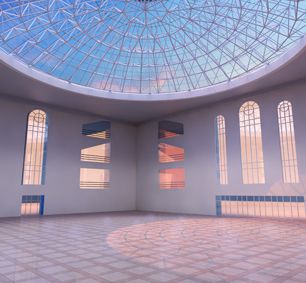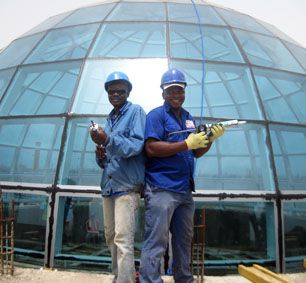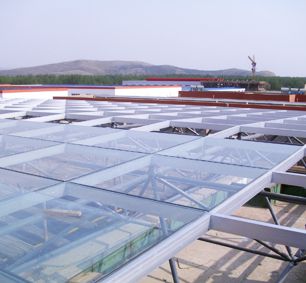Mosques are an essential component of Islamic architecture, and their domes are iconic symbols of this style. The use of steel structures in mosque dome designs has been gaining popularity in recent years due to their strength, lightweight nature, and flexibility in creating unique shapes and designs.
One of the benefits of using a steel structure for a mosque dome is that it can support large spans with minimal materials. This means that steel dome designs can create impressive, open interior spaces without the need for excess columns or walls.
Steel structures also have excellent durability and resilience against severe weather conditions, making them ideal for building mosque domes in areas prone to natural disasters. Additionally, the steel structure’s lightweight facilitates faster construction time, which is especially important for areas with a high demand for new mosques.
Another advantage of steel structure mosque domes is their flexibility in creating different designs. Steel can be easily molded into various shapes and sizes, allowing architects and designers to create unique and intricate dome designs that reflect their cultural heritage and personal preference.
The structural design of a steel structure mosque dome requires careful consideration of factors such as wind loads, snow loads, and earthquake resistance. The design process involves selecting the optimal steel materials and using advanced engineering analysis techniques to ensure the dome’s structural integrity..
In conclusion, using steel structures in mosque dome designs has many advantages, including durability, flexibility in creating unique designs, and speed in construction. With the popularity of this approach growing, we can expect to see more impressive and innovative steel structure mosque dome designs in the future.











 Product Category
Product Category






 Chat with us
Chat with us
 Leave a message
Leave a message






